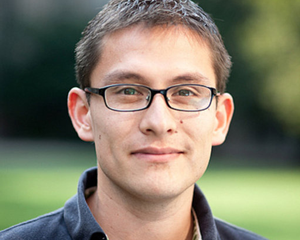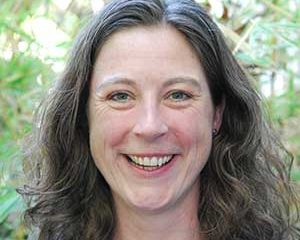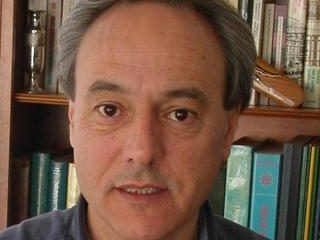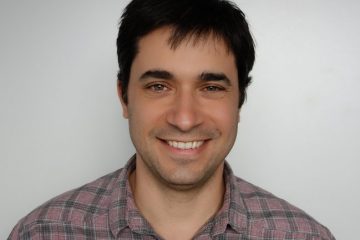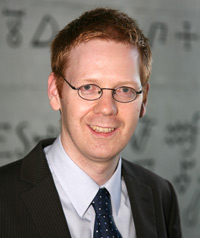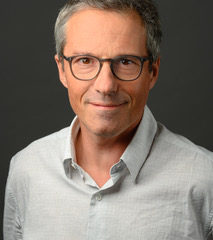Pablo Rivera-Fuentes
Pablo Rivera-Fuentes lab, draws from the fields of organic synthesis, molecular biology, protein engineering, single-molecule imaging, and artificial intelligence to develop small-molecule and protein tools to study the subcellular compartementalization of biological processes. Current research lines in our lab include the characterization of the redox states of mammalian organelles, the creation of chemigenetic markers and sensors for in vivo imaging, and the development of single-molecule peptide and protein identification technologies.

